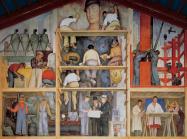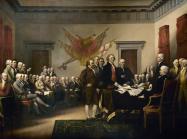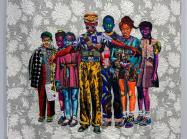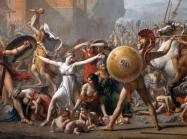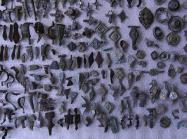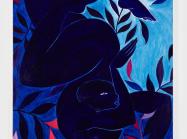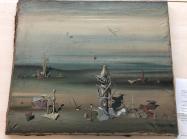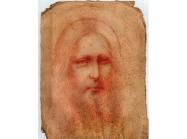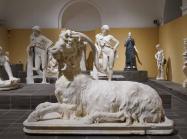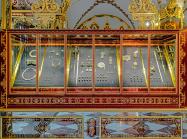Despite its ugly political connotation acquired in the decades that followed the inception of twentieth-century neoclassicism, this artistic movement fully expressed the cultural zeitgeist of…
At Large
In 1931 when Mexican muralist Diego Rivera visited San Francisco with his wife, Frida Kahlo, both were still up-and-coming artists.
As a shocked nation and world watched the violent scenes unfold at the US Capitol last week, art lovers and conservators paid special notice to the backdrop of many of these scenes: the historic…
The recently passed National Defense Authorization Act gives the U.S. Department of Treasury one year to create rules to hamper money laundering and financing of terror organizations…
Providing a new hub for Amtrak and the Long Island Rail Road, the space includes a one-acre sky-lit atrium, free wifi, a floating clock, and world-class public art.
Calling out modernist designs of the past seventy years, the order seeks a return to the Classically-inspired architecture of our founding fathers.
How an idealized visual representation of the male form that originated in Ancient Greece has survived more or less intact until today
A French metal detectorist thought he could cash in on his finds by duping the French government, but officials saw through his ploy.
The coffee-table tome "Young, Gifted and Black: A New Generation of Artists" is a must-have monograph for anyone interested in assembling—or simply appreciating—a momentous art collection.
Traveling from Düsseldorf to Tel Aviv, the man carried a canvas by surrealist master Yves Tanguy in a flat cardboard box. When he reached his final destination, he realized to his horror that he did…
Though the popularity of chess has seen a major uptick lately, the strategic game is no passing fad.
A leading expert on the works of Leonardo da Vinci thinks she has found a new drawing by the Renaissance master.
One of the world's best-known and least-seen collections of marble statuary is making its twenty-first-century debut.
German police have arrested three men in connection with the daring theft of more than a billion dollars in diamonds last year.





